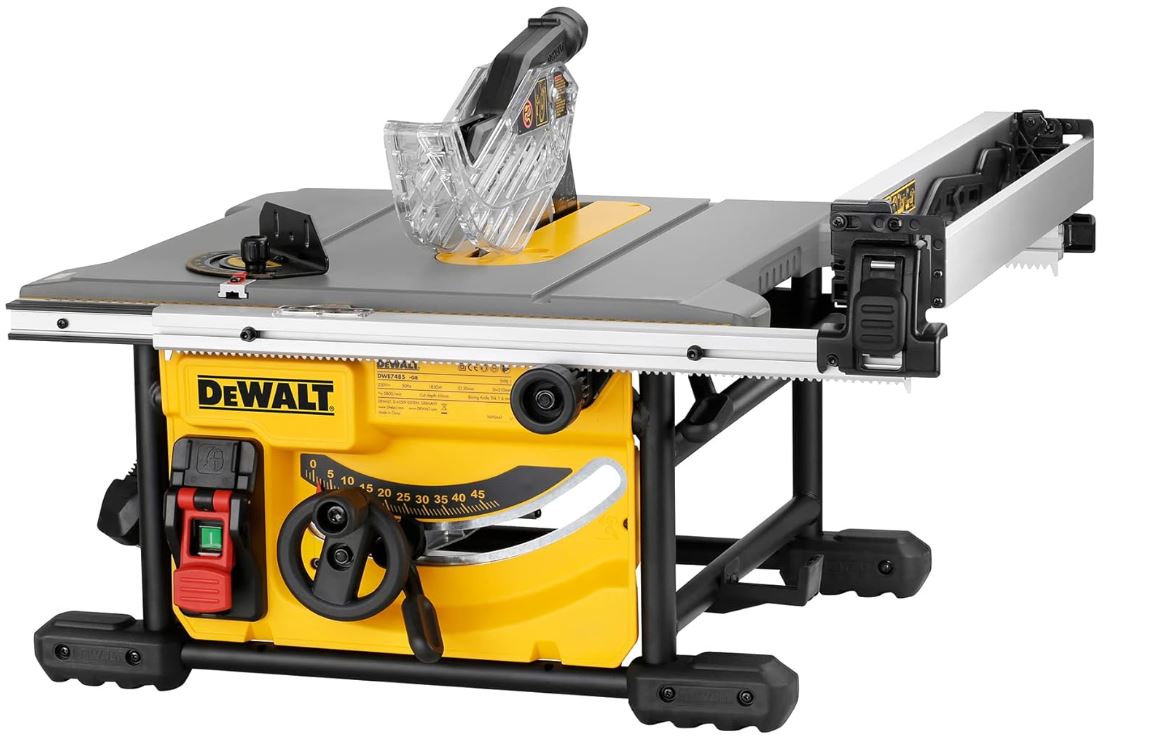Bed bugs are nasty and tiny pests that can easily come inside your home, nest, breed and feed on animal and human blood. Besides that, they’re challenging to get rid of because they’re really small and hard to notice. They live in groups in hiding places, typically mattresses, box springs, bed frames, and headboards, where they have access to bite people during the night. Additionally, it’s hard to predict what kind of homes they would like. Assuming someone has a bed bug infestation because of a dirty property is false. Many luxurious hotels have also been infested by them, and this issue has nothing to do with the level of cleanliness.
One of the best ways to protect your home from bed bugs is to know how and where you can get them.

#1 Hotel, Hostel or Motel Rooms
Be careful when you’re travelling, specifically when you get to the place where you’ll sleep. Bed bugs are among the top five worst things that can happen on a trip. The statistics show the most common place where people get bitten by them is in their hotel, hostel or motel room. Besides that, you can also encounter them on public transport where they can crawl on your clothing or suitcase and travel with you. Bed bugs are extremely skilled hitchhikers, and that’s how they move around.
However, this shouldn’t stop you from going on a vacation. You’ll only need to learn how to avoid bed bugs before travelling. Before you embark on your next trip, research your travel destination well. Besides looking for famous sights and fancy restaurants, find information about previous bed bug cases in the area.
When travelling, it’s best to pack in light-coloured, plastic suitcases. Bed bugs aren’t so attracted to plastic, and the light colour will make them easier to spot.
When you enter the room you’re staying in, perform a complete inspection of the space. Place your bag or suitcase away from any upholstered furniture on tile flooring or in the bathroom. This is one of the least likely places to be infested. Check the sheets, pillows, mattress, covers, nightstands and drawers for signs of bed bugs. Check behind the bed frame and legs and the wall behind the bed. Look for small, dark red or brown spots, along with eggs or the bugs themselves. Once you’re sure the area is clean, take your luggage out and preferably continue to store your clothes inside your suitcase.
It’s recommended to carry a bed bug spray with you when travelling and spray the hotel or hostel bed, the nightstand and the area around your suitcase. As a last preventative step, do a thorough inspection of your belongings once you’ve returned home.
#2 Cracks In The Walls
This is a way in which bed bugs can get inside that doesn’t include you going outside. They can enter your property through small cracks and holes in the exterior walls of your home, similar to many other pests such as ants, cockroaches and mice.
To ensure this doesn’t happen, examine the exterior of your home and fill all the holes you notice. Repair any cracks in the plaster and glue down any peeling wallpaper inside your home to eliminate potential hiding spots for bed bugs.
#3 Clothes
If you’re a fan of thrift shopping, you should keep in mind that there’s a risk of bringing back not only clothes but also bed bugs. Most stores don’t wash their second-hand goods before they put them on display for sale. Only one infected blouse is enough to infest every other piece of clothing. If you bring such a piece home with you, the bed bugs will easily find a way to spread to other parts of your property.
To prevent that, keep the clothes in a tightly sealed bag and put them right into the washing machine once you get home. Set it to the highest temperature. If you’ve bought any non-washable fabric pieces, put them in the dryer at the highest temperature for 30 minutes.
#4 Furniture
Many people like to buy antique or second-hand furniture. However, this can be another way to let bed bugs into your home. These pests like to hide inside furnished sofas, chairs, carpets, desks and drawers. Unfortunately, there’s no exact way to tell if a piece of furniture you’re buying is infested.
If you suspect you’ve got a bed bug infestation in your home, take these preventative measures:
- Check your body for signs of bed bug bites. You’ll most likely never notice the insects themselves, but the bite marks on your skin should help you identify their presence. Bed bugs also leave dark, rusty stains behind them on the mattress and bedding.
- Wash your bedding, linens, curtains, and clothing in hot water and dry them on the highest setting.
- Vacuum your bed and the surrounding area. After that, immediately seal the bag in plastic and place it in the garbage container outdoors, so you don’t release the bed bugs back inside.
- Wrap your mattress and box springs with a tightly woven, zippered cover. Bed bugs can live up to 1 year (400 days to be exact) without feeding, so keeping it on for that period will ensure they die.
- Get rid of any clutter.
Keep in mind that bed bug bites resemble those of other biting insects, such as mosquitos and fleas, so it’s important to look for other signs besides those as well.
#5 Pets
In rare cases, bed bugs can enter your home travelling on the back of your pet. They don’t live or spend much time on pets like other common pests, such as fleas, ticks, lice and mites. However, they can bite your pet. In such cases, anti-tick and flea products won’t be effective because they aren’t developed to protect pets from bed bugs.
Protecting your pets from these pests can be achieved by protecting yourself and your home from them, as they’re unlikely to stay on your pet’s fur for a long time.
Final Words
Checking your home and hotel or hostel room thoroughly and eliminating any potential hiding spots for bed bugs can be very helpful to prevent them from settling and infesting your home. However, it’s not always guaranteed that these measures will be enough.
If you’re unable to deal with the situation on your own, contact a bed bug extermination service. They’ll inspect your house and work with you to settle on a plan to get rid of the bed bugs safely and effectively. Keep in mind that this may require more than one visit from the experts as these pests are difficult to exterminate and highly resistant to traditional pesticides and repellents.



